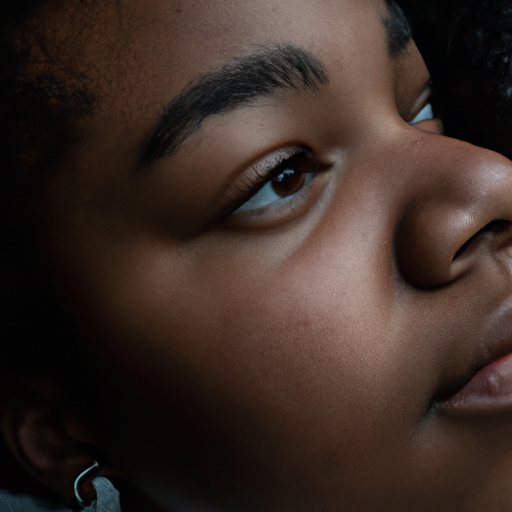As a doctor, I am often asked about the best time to moisturize the skin. There seems to be a constant debate among skincare enthusiasts whether it’s more beneficial to apply moisturizer on drenched or dry skin. Today, I will shed light on this topic, providing scientific evidence to help you optimize your skincare routine.
The skin is the largest organ of the body, acting as a barrier against environmental factors such as pollutants, allergens, and harmful microorganisms. It also prevents excessive water loss from the body. However, various factors such as age, weather conditions, and certain medical conditions can disrupt the skin’s ability to retain moisture, leading to dryness, flaking, and even premature aging. This is where moisturizers come into play.
Moisturizers are specially formulated products that increase the skin’s hydration by reducing evaporation or promoting water retention. The question now is: when is the best time to apply these moisturizers? Should you apply them on drenched skin right after a shower or on dry skin?
Scientifically speaking, the optimal time to moisturize is when your skin is still slightly damp, such as after a shower or washing your face. This is because moisturizers work best when they trap existing water in the skin, rather than creating moisture themselves. When applied on damp skin, they seal in the water that’s already there, helping the skin absorb and retain this moisture.
This concept is based on the principle of occlusion, a process that involves creating a barrier to prevent water loss from the skin surface. Many moisturizers contain occlusive agents like oils and waxes that form a protective layer on the skin surface, trapping water underneath and preventing its evaporation into the environment.
Moreover, applying moisturizer on damp skin can also enhance its absorption. When the skin is wet, its permeability increases, allowing for better penetration of the moisturizer’s active ingredients. This can lead to more effective hydration and improved skin health.
However, this doesn’t mean that you should apply moisturizer on soaking wet skin. Excess water can dilute the product, reducing its efficacy. Instead, gently pat your skin with a towel after washing or bathing, leaving it slightly damp, and then apply your moisturizer.
On the other hand, applying moisturizer on dry skin isn’t necessarily bad or ineffective. It can still provide hydration and improve skin texture. However, it may not be as effective in locking in moisture as when applied on damp skin.
In conclusion, the optimal time to moisturize is when the skin is still slightly damp, such as after a shower or washing your face. This helps to seal in existing moisture and enhance the absorption of the moisturizer’s active ingredients. However, it’s important to remember that everyone’s skin is different, and what works best for one person may not work as well for another. Therefore, it’s always recommended to consult with a dermatologist or skincare professional to determine the best skincare routine for your specific needs.
Remember, maintaining a consistent skincare routine is just as important as when you apply your moisturizer. Regularly moisturizing your skin, regardless of whether it’s drenched or dry, can help maintain its health and vitality, keeping it soft, supple, and youthful-looking.



